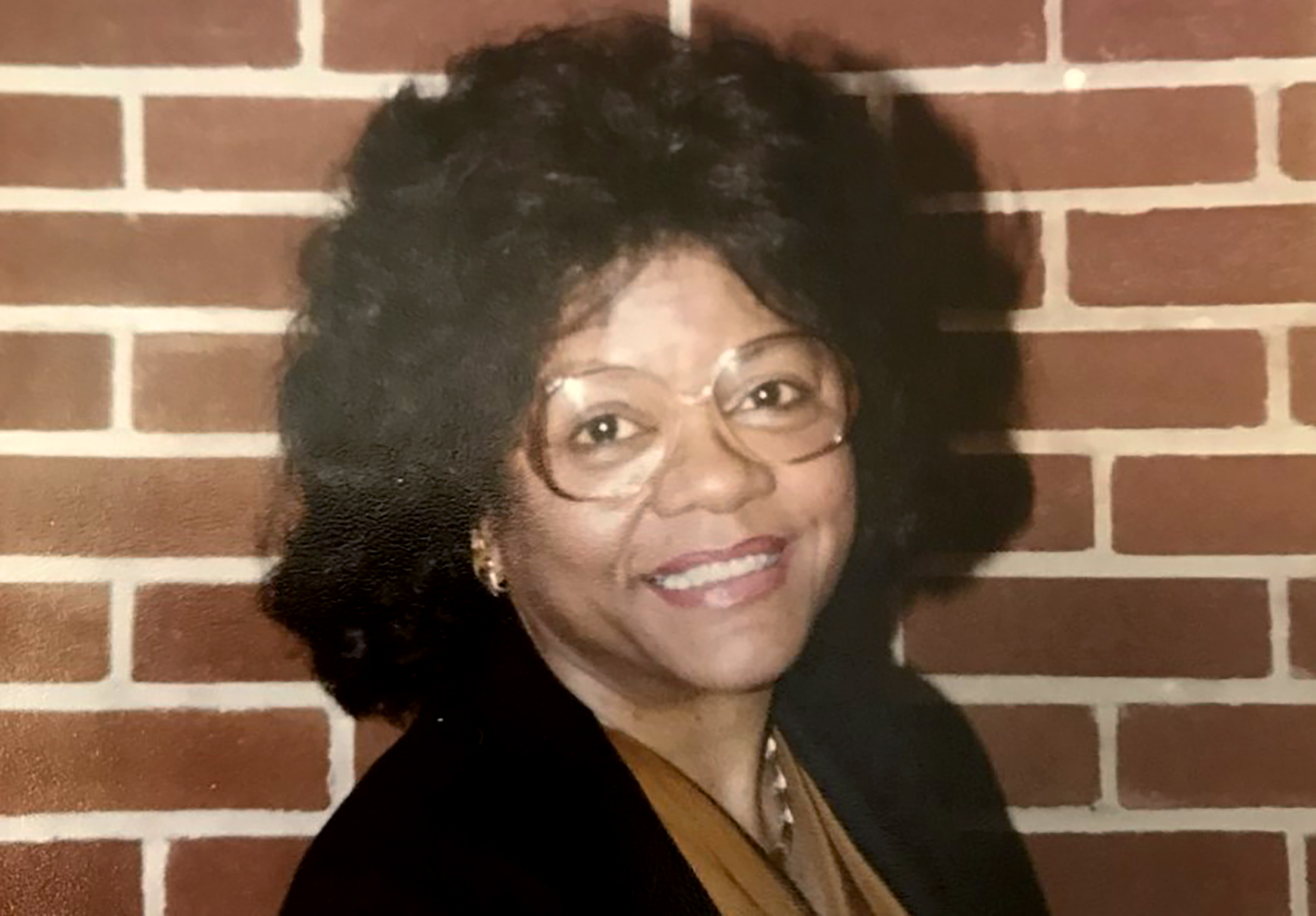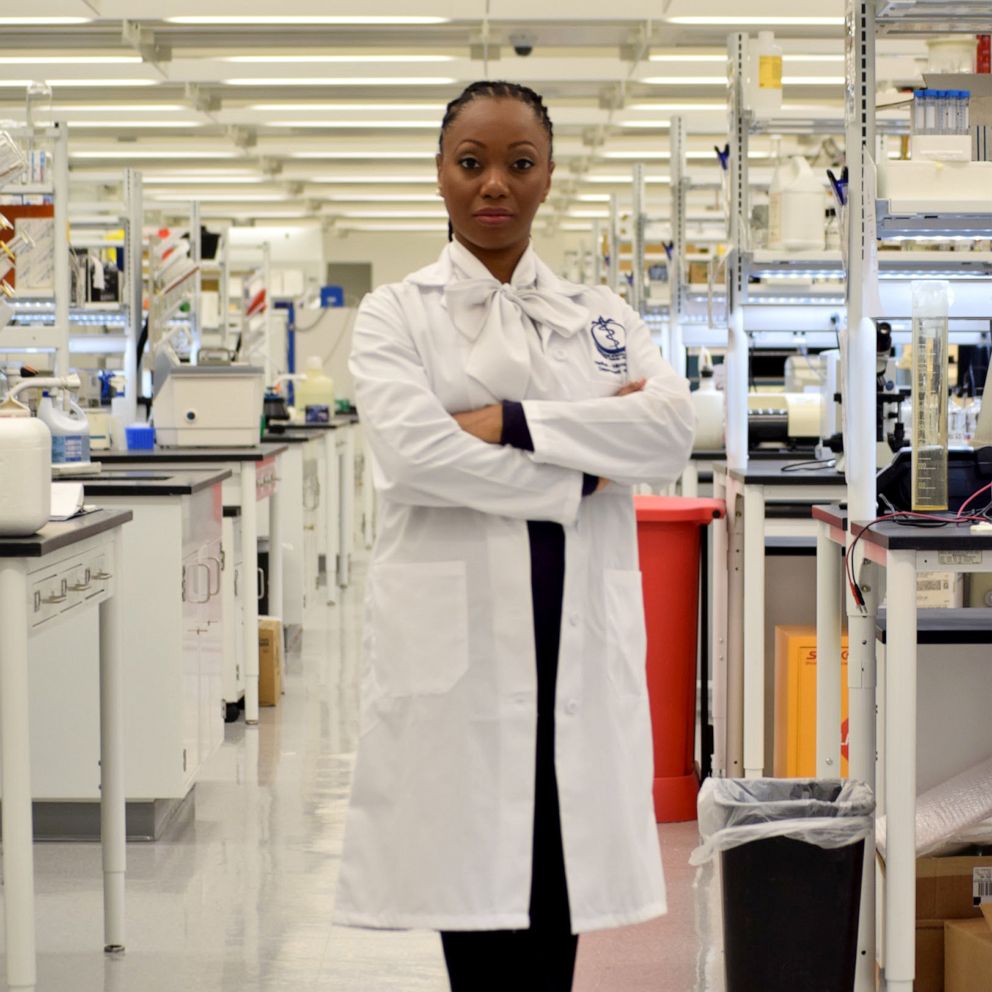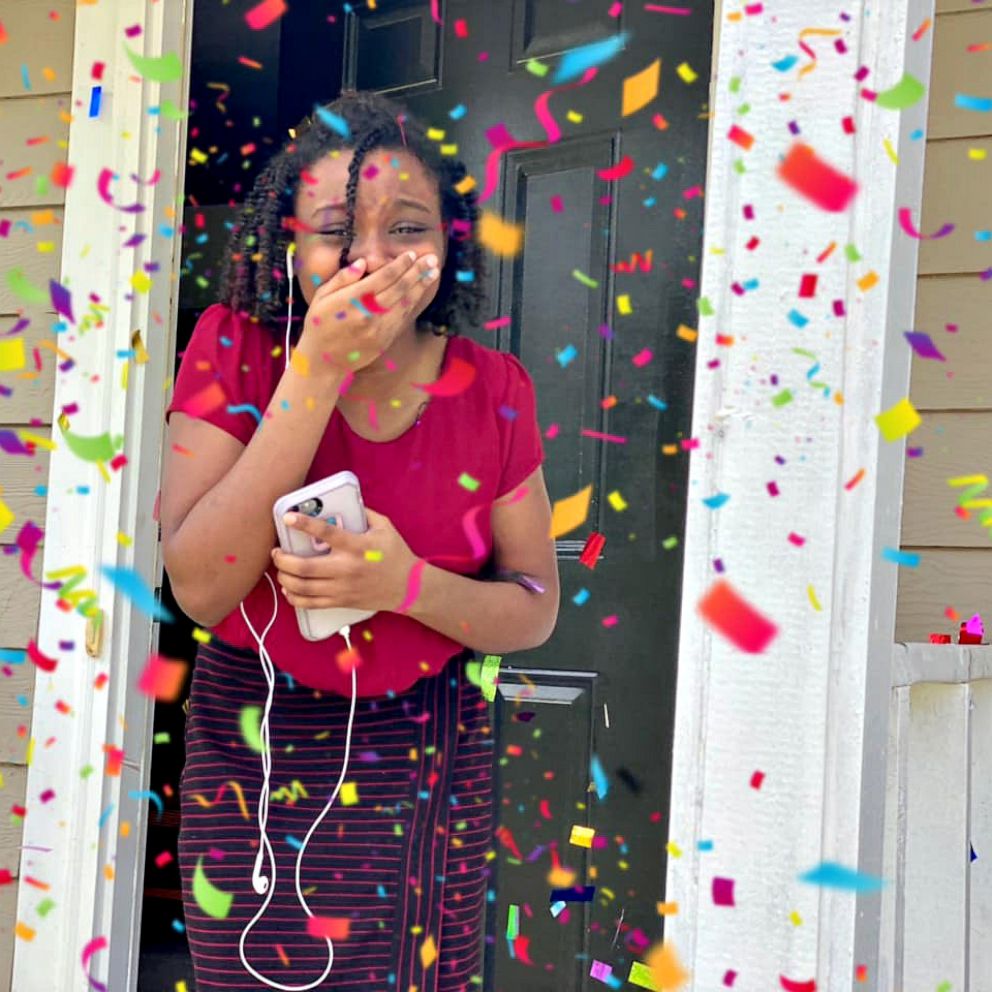Gloria Gilmer becomes 1st Black woman mathematician to have research papers in Library of Congress
Gilmer was also the first Black math teacher for Milwaukee Public Schools.
Former Milwaukee math teacher, international researcher and leader in the field of ethnomathematics Gloria Ford Gilmer is the first Black woman mathematician to have research papers displayed in the Manuscript Division of the Library of Congress.
Gloria Gilmer's daughter Jill Gilmer said she was "blown away" when she received a call from the Library of Congress last year asking about her mother's research.

"When the Library of Congress reached out to me, I was blown away … it was interesting to see that all the work that she had done was being recognized. It was really an honor," Jill Gilmer told "GMA3."
"...I never thought that someone in our family would be in the Library of Congress," she added. "And it's just very exciting and I'm very grateful."
Gloria Gilmer died in 2021 at age 93 after spending decades teaching and researching mathematics. She first grew to love math at an early age from working at her father's grocery store, and wanted to teach others that they too could enjoy and excel at math.

She later became the first Black math instructor for the Milwaukee Public Schools system, the first Black math instructor at Milwaukee Area Technical College, and the first Black person to serve on the Board of Governors for the Mathematical Association of America.
Gloria Gilmer found unique culturally inclusive ways to teach math and was a pioneer in the field of ethnomathematics, the study of the relationship between math and culture, or "the math of the people" as she referred to it.
"It's just a way of looking at the practical applications of math within your own culture. She would use cultural examples as a way to engage the students in the subject matter. So, for instance, she said there's math in basketball because the athletes estimate the angle that they're shooting the ball at. There's math as you're tracking your route from school to your house. There's math in almost every aspect of life," Jill Gilmer said.

Josh Levy, a historian of science and technology at the Library of Congress, reached out to the Gilmer family last year about acquiring her research for the Manuscript Division's approximately 12,000 collections.
Gilmer is the first Black woman mathematician to have her work featured in the collections, joining the ranks of others in the field, including John von Neumann and Claude Shannon.

"Gloria Gilmer's work really intertwines mathematics and civil rights in a way that's not entirely unique to her. It does reflect the interests of the ethnomathematics movement. You really get a sense from her papers, this is someone who cares very deeply about mathematics and this is someone who cares very deeply about justice," Levy told "GMA3."
"…We don't have any collections that reflect the history of this movement. So she really is the first collection that we have that documents the findings of the ethnomathematics movement."

Gloria Gilmer's research took her across the globe, including to Australia, Haiti, Russia and China. From her trips she was able to expand her research and helped write multiple text books for students from elementary school on.
While her research brought her accolades and attention, her daughter says "fame" was never goal -- helping others was.
"One of the thing that she was famous for saying was that your career should be more than about your own fame and your own success," Jill Gilmer said. "It should be about giving back to the next generation. And she used to say, 'We must lift as we climb. Pave a path for the next generation coming up.'"

Gloria Gilmer's research and legacy lives on and is still inspiring other women of color to get interested in math, including Brittany Rhodes, the founder of Black Girl MATHgic, a subscription box service for girls to get them interested in math.

"I found a website, and Dr. Gilmer's work is featured on their website, particularly her studies on the mathematics of hair braiding, the geometry behind the mathematics, the geometry in hair braiding, and I was fascinated," Rhodes told "GMA3."
Speaking to the mathematician's legacy and those she's inspired, Rhodes added, "…She's the first of many. So now the door is officially open."







